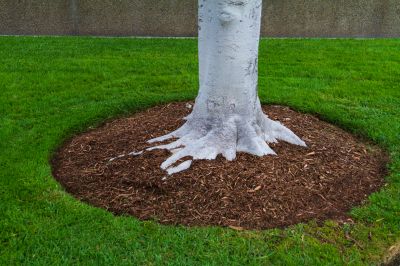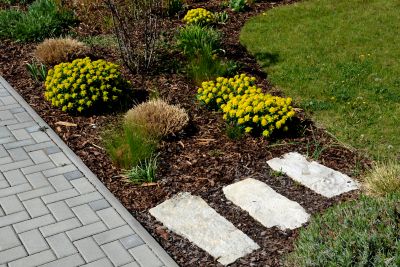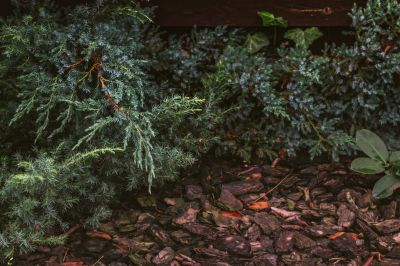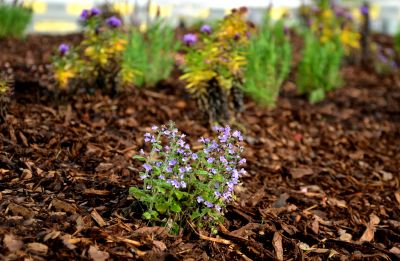Benefits of Mulching Service
- 1. Weed Suppression
- 2. Moisture Retention
- 3. Soil Temperature Regulation
- 4. Enhanced Soil Health
- 5. Aesthetic Improvement
- 6. Erosion Control
1. Weed Suppression
Mulching service effectively suppresses weed growth. The layer of mulch acts as a barrier, preventing sunlight from reaching weed seeds and inhibiting their germination. This reduces the need for frequent weeding, saving time and effort.
2. Moisture Retention
Mulch helps retain soil moisture by reducing evaporation. It acts as a protective cover that slows down water loss, keeping the soil consistently moist. This is particularly beneficial during dry spells and hot summer months.
3. Soil Temperature Regulation
Mulch serves as insulation for the soil, regulating its temperature. It keeps the soil cooler in the summer and warmer in the winter, providing a stable environment for plant roots to thrive year-round.
4. Enhanced Soil Health
Mulch gradually breaks down over time, enriching the soil with organic matter. This improves soil structure, fertility, and microbial activity, creating an ideal environment for plants to grow strong and healthy.
5. Aesthetic Improvement
One of the immediate benefits of mulching is its aesthetic enhancement. Mulch comes in various colors and textures, allowing you to customize your landscape's appearance. It adds a polished and well-maintained look to flower beds and gardens.
6. Erosion Control
Mulch acts as a protective barrier against soil erosion. It prevents rainfall from washing away topsoil and safeguards the roots of plants. This is especially important on slopes and in areas prone to erosion.
Frequently Asked Questions
1. What types of mulch are commonly used in landscaping?
Common types of mulch include hardwood mulch, pine straw, cedar mulch, rubber mulch, and organic mulch such as compost or shredded leaves. The choice depends on your landscaping goals and preferences.
2. How often should mulch be replenished?
Mulch should be replenished annually or as needed. Over time, mulch breaks down and loses its effectiveness. Adding a fresh layer each year helps maintain its benefits and appearance.
3. Can mulch attract pests or rodents?
While mulch can provide shelter for some pests, proper installation and maintenance can minimize this risk. Ensuring mulch is not piled too high against plant stems and maintaining cleanliness can help deter pests.
4. Is mulch suitable for all types of plants?
Mulch is generally beneficial for most plants, but the choice of mulch type and thickness may vary based on specific plant needs. It's best to consult with a landscaping professional to determine the ideal mulch for your plants.
5. How thick should the mulch layer be?
The recommended mulch thickness is typically 2 to 4 inches. Avoid piling mulch too




